Going Native
When it comes to selecting plants for the garden, there’s no place like home.
The jury is in. The verdict: Yes, consumers care about native plants. So how do you capitalize on the trend?
Native plants, once a niche for specialists and, pardon the expression, fanatics, are becoming an established market sector.
We Americans are relearning how to grow our own vegetables and fruit. We’re cooking at home more, or choosing restaurants that serve fresh, seasonal, local fare. Sustainability has replaced organic as the buzzword du jour. Gardening with natives fits nicely into that eco-centric mindset.
Still, this suite of symptoms could easily be dismissed as a fad. But on closer inspection, natives look less like a phase and more like a market in the process of maturing and going mainstream. Even those wars of words that used to erupt over what plants should and should not be called “native” have dwindled away to an occasional skirmish.
For retailers, grouping natives together seems like an obvious thing to do, but it is problematic. It smacks of herding indigenous plants, isolating them from “regular” garden plants. And that clearly does not serve the purpose of teaching consumers that natives deserve to be in the mix with everything else we grow.
Grouping also raises another host of questions. What to include? What to exclude? How do you manage popular genera like echinacea, phlox, aster and coreopsis without creating a dual-inventory problem? What about the native grasses panicum, carex, chasmanthium? Is it necessary to create a whole new place in your already space-starved yard to champion the 2011 Perennial Plant of the year, Amsonia hubrichtii?
“The truth is, you’re probably already selling natives,” said Cheri Markowitz, manager of Emerald Coast Growers’ Native Wonders program. “Many of the top-selling perennials are natives, so it’s more realizing that natives do sell, and finding a good plant that’s a native, too.” The proof is at purchase, where retailers are unleashing natives’ power in varying ways to rousing success.
Shelf Power
At one of the two major big-boxes in Pennsylvania, native offerings are quite visible, with specially emblazoned pots. Bilingual signs and labels bear a bulleted list of advantages: low-maintenance, money-saving, reduced water use. The take-home message: If it’s native, it’s “easy to grow because it grew up here.”
Not so fast, said Bruce Denlinger, retail buyer/manager at a nearby independent, Esbenshade’s Nursery in Brickerville, Pa. “Just because it’s native doesn’t mean it’s the easiest thing to grow.” He cites the new echinacea varieties to prove his point: They’re pricey and, compared to seed-propagated types, can be slow to finish.
Denlinger said the new generations of echinacea are “selling fairly well for us if we can keep them at a decent price point.” Behind those come Lobelia cardinalis and asclepias as best-sellers. To keep the category alive during the season, Esbenshade’s groups natives on a small end cap, “rotating in the stuff that looks better.” Denlinger said “not a lot” of customers walk in looking specifically for natives, but “I’d say there are a few more in the last couple of years.” And while asclepias is indeed a native, he believes people buy it and other plants not just because they are native, but for their ability to attract butterflies and hummingbirds.
Another Pennsylvania garden center, Stauffer’s of Kissel Hill (SKH), takes a different approach. There’s no native plant section per se, and only a few labels mention that, say, rudbeckia ‘Goldsturm’ is a “native cultivar.”
Landscape designer Kevin Boustead said customers specifically seeking natives at SKH’s eight locations can rely on staff to guide them to plants that will suit their needs. SKH’s website also offers a wide range of downloadable information sheets.
When it comes to gardeners, Boustead noted, “People aren’t always dead-set on everything being native. They’re not usually that strict; they’re more concerned that it’s “green.” And natives fit that bill. [But] they realize natives are so much easier to work with, that it’s a starting point for what they’ll end up with in the landscape.”
When a customer really does insist on natives and only natives, Boustead said, “More often than not it’s a landscaper working in a development that says, ‘Here’s a list of native trees and shrubs you have to use.’ Or they’ll mandate a certain number of native species you have to plant, and after that it’s your choice.”
SKH’s ornamental grass selection is second to none, and natives like panicum ‘Dewey Blue’ and Muhlenbergia capillaris mingle happily with imports like Miscanthus sinensis and Hakonechloa macra ‘Aureola’.
At Ken’s Gardens in Intercourse, Pa., many pot labels identified specific plants like echinacea, coreopsis and Rudbeckia fulgida as “U.S. Native.” But that information was conspicuously absent from labels on Polemonium reptans, tiarella and penstemon ‘Husker Red’. Asked if customers come in looking for natives, Kerry Lapp, manager and son of founder Ken Lapp, said, “Increasingly, they are. There’s definitely more interest.”
Lapp continued, “Next year we’re going to change our signs” and possibly group natives together. Among best-sellers, he cited the newer echinacea as “one of the most popular,” and added, “Lobelia cardinalis has been one of the best sellers the last couple of years.”
So Where Do You Start?
To really pique consumers’ interest in natives, offer plants with real ornamental value, suggests Markowitz. “Many natives are wonderful plants in their own right, but the trick is to focus on those you’d want in your garden, no matter where they’re from. It’s great to feel good about planting natives. It’s even better when they’re beautiful.”
Get creative with canny combinations of color-bursting natives like panicum, echinacea and gaura.
The native flora of North America is vast and diverse, with something for every stripe of gardener and an often-overwhelming list of possibilities for retailers. Enter programs like Native Wonders, where the selection is already done for you. “If you want to succeed with natives, you’ve got to do more than pick plants for their heritage. Choose natives that are ornamental and marketable,” said Markowitz.
In the natives world, garden-worthy grasses and perennials happily share the spotlight, something Emerald Coast Growers has experienced with its Native Wonders prgram. “Some of our favorite perennials are actually natives that get new life and truly stand out when paired with the more traditional native grasses,” said Markowitz.
In addition to the top 10, which you likely already list, try these lesser-known stars, all favorites of Markowitz:
Grasses
- Eragrostis elliottii ‘Tallahassee Sunset’ Striking blue spring color
- Panicum virgatum ‘Ruby Ribbons’ (‘RR1’) (PP17944) Wine-red summer color
deepens through the season - Sporobolus heterolepis (Prairie dropseed) Gold-orange fall color
- Schizachyrium scoparium ‘Blaze’ Smoldering Fiery reds and oranges
Perennials
- Amsonia hubrichtii (Perennial Plant of the Year 2011) Cool blue flowers and
outstanding fall color - Coreopsis verticillata ‘Sienna Sunset’ (PP20740) Bold, burnt sienna flowers
lighten to coral as they mature - Echinacea purpurea ‘Prairie Splendor’ Flowers early in vivid purple
- Polemonium reptans ‘Touch of Class’ (PP#19768) Crisp, white-edged foliage
The bottom line is, our ultimate customer, the homeowner, cares. We have another piece of good news to impart, another reason to buy. Whichever you choose, don’t let natives’ many nuances keep you on the shelf. Put some strategy and sizzle into your program, and watch the gardeners grow.

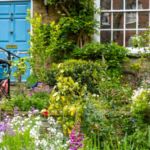
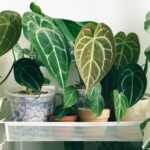
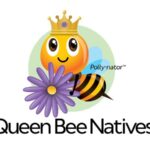
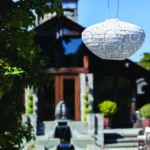

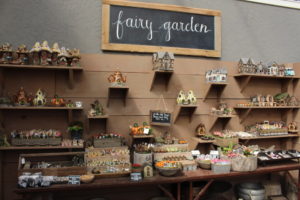
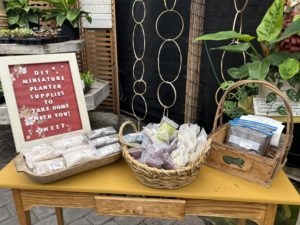
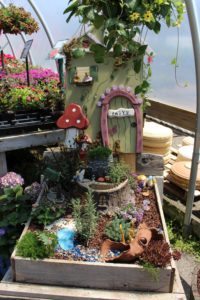
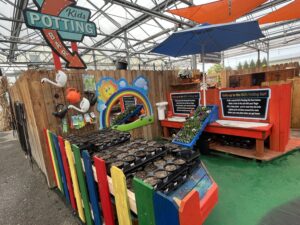
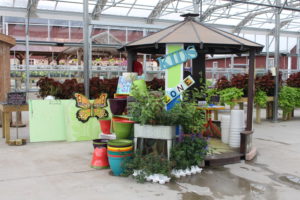

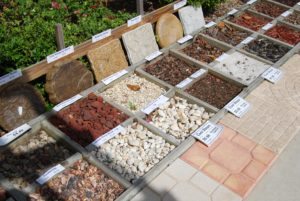
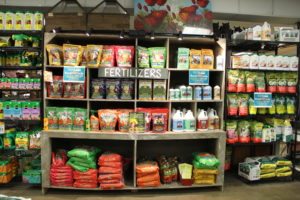
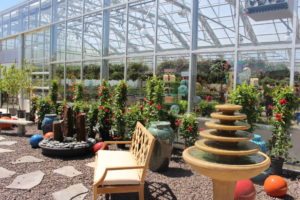
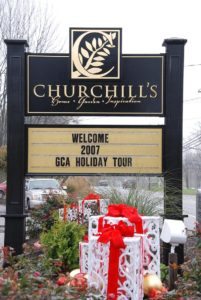

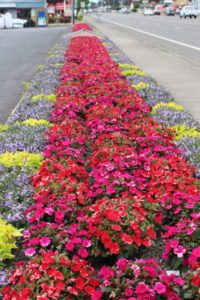
 Videos
Videos





